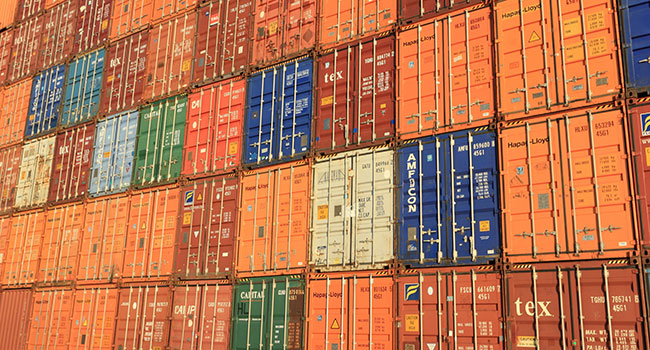 In November, China and 14 Asia-Pacific countries including Japan and South Korea signed a free-trade deal covering 2.2 billion people and nearly 30 per cent of international trade.
In November, China and 14 Asia-Pacific countries including Japan and South Korea signed a free-trade deal covering 2.2 billion people and nearly 30 per cent of international trade.
This Regional Comprehensive Economic Partnership shows that the Pacific region continues to reinforce its place as the world’s leading trade hub.
Canada and, more precisely, the Prairie provinces have to use the opportunities presented by the trade consolidation in East Asia.
The trading potential of the Prairies
The Prairies have essential mining and agricultural sectors.
For Alberta in 2019, mining, quarrying, and oil and gas extraction represented 16 per cent of its gross domestic product (GDP) and was the leading economic sector in the province.
For Saskatchewan, this sector produced 25.7 per cent of its GDP the same year, and agriculture, forestry, fishing and hunting produced 8.8 per cent.
These primary sectors were fuelled by the diversity of resources in the soil of these provinces.
Moreover, the Prairies are competitive when it comes to investment and development. The Fraser Institute’s Annual Survey of Mining Companies ranked Saskatchewan the most attractive jurisdiction in Canada for mining investment in 2019. This survey also ranked Alberta and Saskatchewan as first and third Canadian provinces for mining policies’ attractiveness. This gives the Prairies crucial assets to reinforce international trade.
Both Alberta and Saskatchewan are oriented towards international trade, mainly with the United States, but also East and South Asia.
In 2017, the oil and gas industry in Alberta and Saskatchewan was the single largest contributor to the export success of Western Canada (including Manitoba and British Columbia): 41 per cent of region’s exportation value came from this sector. And 72 per cent of Alberta’s exports are related to minerals (including fuels) and 10 per cent to agriculture. For Saskatchewan, 24 per cent of its exports are crude oil, 22 per cent potash and 53 per cent agriculture products.
Asian countries as key trade partners
Even if the U.S. stays the leading partner for exports from Alberta ($103 billion) and Saskatchewan ($16 billion), Asian countries are major destinations for Canadian exports.
For both provinces, China is the second trade partner at $4.26 and $3.1 billion, followed by Japan at $1.71 and $1.1 billion. India, Indonesia and Bangladesh are also significant destinations. And for Alberta, exports to South Korea represent $1.25 billion.
The gravity centre of trade has shifted in the Pacific region. The biggest container ports are in Asia. Based on the World Shipping Council data, six of the top 10 ports are Chinese (seven if you include Hong Kong), one is in South Korea, and the second largest container port is Singapore.
Most of the top 50 ports in the world are on the Pacific Ocean: 17 are Chinese and three are American. The Vancouver port is ranked 45th, making it the most important Canadian port.
World Shipping Council data also show that the most prominent maritime trade route is Asia-North America.
Towards an Asian free-trade policy
Some policies have already helped trade between the Prairies and Asia.
The Comprehensive and Progressive Agreement for Trans-Pacific Partnership is a trade deal between Canada and Asian countries like Japan and Singapore, and Oceania (Australia and New Zealand).
It has opened new markets by eliminating tariffs on many sectors like agriculture, agri-food products and industrial goods.
Both Alberta and Saskatchewan have profited from this freer trade for their key exports. Moreover, the Saskatchewan government will open trade offices in CPTPP countries like Singapore and Japan, and in India, another key market that’s not part of this zone. This initiative shows a real will to boost trade in the Asian world.
This agreement shows how sound policy can develop the Prairies’ trade and must be reinforced with deals with other countries.
With the COVID-19 recession and the expansion of Chinese influence in Asia and beyond, it’s urgent that Canada and its provinces take the initiative and position themselves in new markets.
People’s lives and work are suffering from the economy’s closure. It’s time to open it through robust export agreements.
Alexandre Massaux is a research associate at the Frontier Centre for Public Policy.
Alexandre is a Troy Media Thought Leader. Why aren’t you?
For interview requests, click here. You must be a Troy Media Marketplace media subscriber to access our Sourcebook.
The views, opinions and positions expressed by columnists and contributors are the author’s alone. They do not inherently or expressly reflect the views, opinions and/or positions of our publication.
